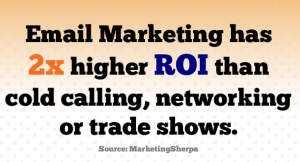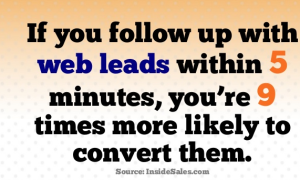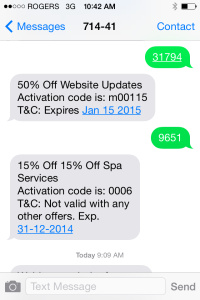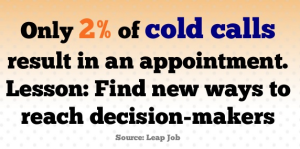Today we are going to talk about the 1 marketing tactic that has 2x the return on investment when it comes to increasing your sales.
So I am going to give you 5 ways to implement this tactic. So if you were looking to boost your sales in 2015, keep reading!
Surprisingly, the one tactic is actually email marketing. 2x more effective than most other marketing tactics!
So here is how you can implement this and still stay within the Canada anti-spam legislation.
The first thing to email marketing is building your list-gather email addresses from your prospects.
One way you can do is have a free promo on your website like “Get a Free Report Just by Entering in your email address”. Once you have your prospect’s email address you can do a couple different things with it.
The second step to successful email marketing is follow up:
One of the most effective ways to follow up is set up an automatic drip campaign which is a series of automated emails that go out 3, 5, 7 and 9 days after your prospect has signed up for more information.
A targeted email drip campaign like this can produce tremendous results when it comes to converting those qualified prospects to actual sales.
Three ways to make email marketing easier:
Another thing you can do if you are very brave is cold email your prospects. Simply email them directly from a personal email account and craft a sales letter as to why you can solve their problem or ease their pain better than your competition.
Another thing you can do is use a CRM software which is a relationship management software.
It will notify you that you need to follow up with your prospects, peers, coworkers, colleagues etc. Make sure you don’t leave it too long before you talk to them.
There is a famous saying, “If you haven’t spoken to your customers or been in touch with them within the last 90 days, they are no longer your customers.”
Automate your email marketing:
So a really great way to do this that is super easy, is to send out a monthly email newsletter You can let people know what is going on in your company, any new tips or tricks you have to offer them that are of value and simply send that out to your prospects, clients or any one else in your community you would like to stay in touch with.
Another thing you can do is email folks directly through LinkedIn.
You may have to sign up for their premium service but instead of a cold email it is a little bit more of a warmer connection because folks can see who you are directly linked to.
That is your one minute tip! If you liked this, please share and subscribe to our YouTube channel!



















